Forty years ago I received a QSL for the non-directional beacon LJS on Bjørnøya or Bear Island. Administratively Bjørnøya is part of Svalbard or Spitsbergen, a territory of Norway. Given its remote location Spitsbergen (including Bear Island) is a separate radio country according to the EDXC list. I somehow assumed that there was no NDB active anymore on the island. But last week I received a beacon BJO on 316 kHz and learned that its location is Bjørnøya.
The maritime radio station Bjørnøya Radio closed in 1996 when – like so many other stations – the station was converted to remote operation from the Kystradio Nord center. But the Bjørnøya Meteorological Station is still staffed, one of the reasons being that a couple of times per day weather balloons have to be launched.

I decided to give it a try, and emailed the Meteo station to find out if they knew about the beacon and could confirm my reception report. Within hours I got a reply from Lisanne… in Dutch! Lisanne is one of two Dutch people in a team of 9 persons that run the Meteo station. They are on duty from June to December when they will be relieved by the next team. Lisanne is trained as meteorologist and it is her 2nd stint on the island.
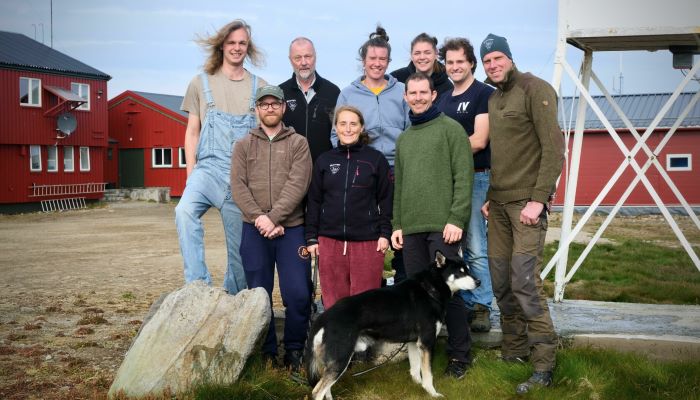
Lisanne wrote that although Bjørnøya Radio is closed, they still transmit a weather bulletin twice a day (10:05 h UTC and 22:05 h UTC) on 1757 kHz. It is preceded by an announcement on 2182 kHz. Lisanne shared this nice Facebook movie about it. But she told me also that they did not send a signal with call sign BJO. There is an amateur radio at the station for visiting amateurs, but that one hadn’t been used either in the past year.
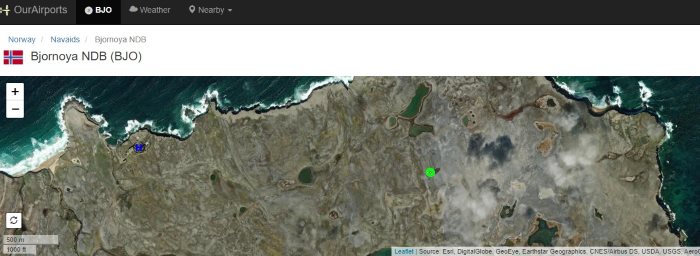
I thanked Lisanne for the nice picture and the reply. And explained to her that the transmitter/antenna I was looking for was probably close to the station and the nearby heliport. A day later another email came in. Over coffee she had raised my question again and with the help of the airports.com site learned that a few kilometers to the east, on the so-called Nordpunktet (North Point) there was an antenna and a little cabin which housed the NDB transmitter. I got a couple of nice photo’s as well.
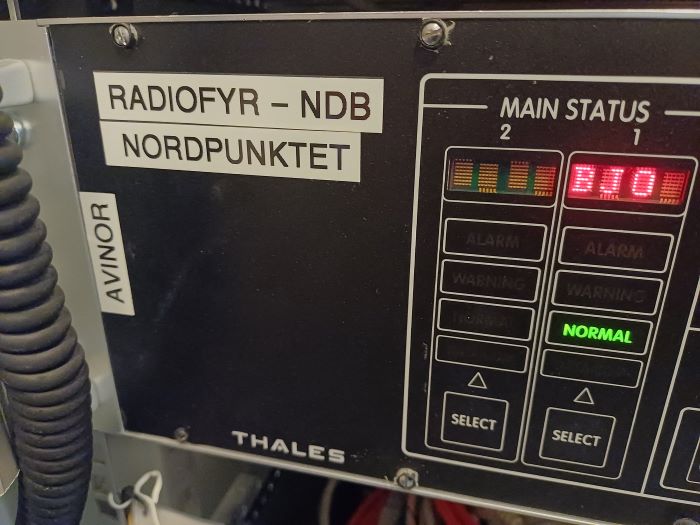
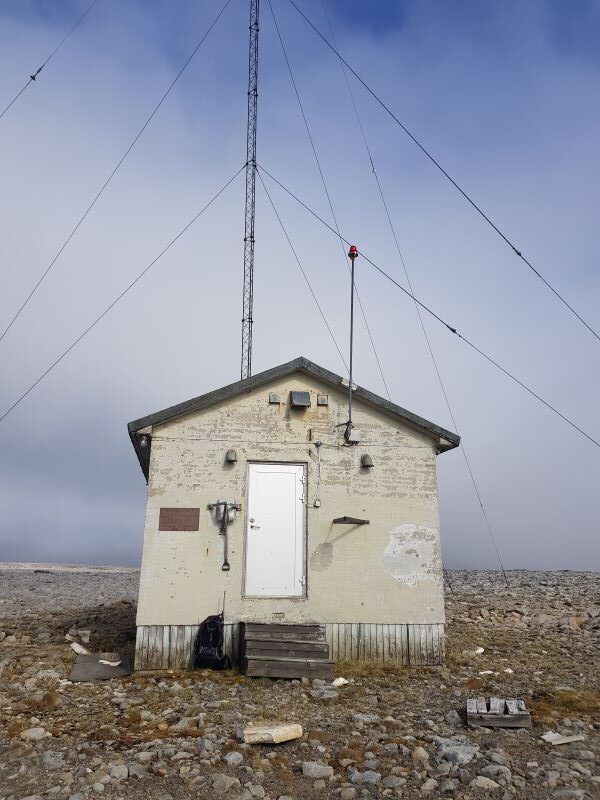
There is a story connected with the little cabin. In 1971 an operator of the Meteo Station named Bjørn Tessem was attacked by a polar bear. He was found near the door of the cabin, with the bear over him. Most likely he attempted to enter the cabin to save himself but the door was locked. There is a small memorial plaque about this event on the wall of the cabin.
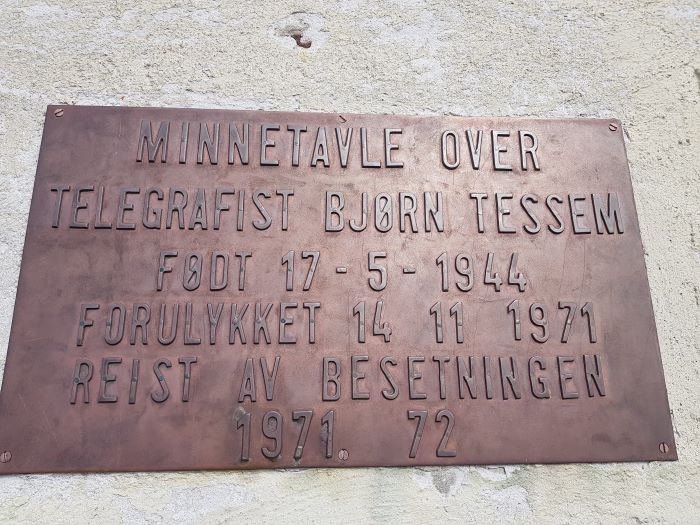
So you can see how the reception of just three letters BJO in morse code, received over 2500 kms, lead to a surprising conversation, a few nice pictures and a tragic story.
My sincere thanks to Lisanne and the team members at Bjørnøya Meteorological Station, who also gave me permission to publish their photo’s. They have their own website at https://bjornoya.org/ .



Interesting read Peter, thanks for sharing !
Only 3 letters, and a whole story behind it, as well as some information about the island one would never knew otherwise.
Hearing radio signals from such remote locations is always a thrill, and receiving confirmation mails in your own language tops it 🙂
At this very moment I’m listening on 10048 kHz and hearing weak but readable MWARA North Pacific voice communications, a first for me 🙂
Good DX, 73 !
Hi Patrick. Thank you. I have Klingenfuss Utility Guide on order, and intend to try some listening on HF during the rainy days of the coming winter. Maybe I will dedicate a post on receptions from the old days, like Cocos Keeling Islands. Keep up the good work!
Regards, Peter
Ahh, that reminds me that some weeks ago I was thinking about ordering a Klingenfuss Utility Guide, but still haven’t done this yet. This is really the bible for utility listening.
I still have an edition of 1993 in my drawer, as well as some other specific guides by the same author, but quite obsolete by now 😀
Happy DXing !
Nice and fascinating story ! Thank you 🙂 Some of the northern ndbs will show up at your QTH I guess, both from Nortern Norway, Sweden, Finland, Iceland. Also offshore ndbs I think.
Hopen Radio 2182 is difficult but not impossible, and Jan Mayen also.
Hi Arvid, correct. I’ve received quite a few NDBs from Scandinavia. For QSL-ing I focused on Sweden (as you can see if you search for Sweden, or click category Sweden), otherwise I would be overwhelmed. Let’s see if I can get some QSLs and info from the other countries in coming weeks.
Thanks for your interest in my blog.
Hello. A nice story! I remember that years ago, Finnish TV showed an extensive Norwegian documentary about life on the island of Bjørnøya. At the center of the story were the staff of the weather station and also their weather reports via coastal radio
Thank you Kari for your reply. I always envy the Finnish for their privileged DX position 😉!